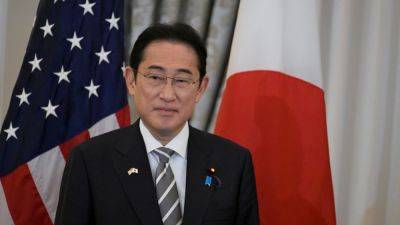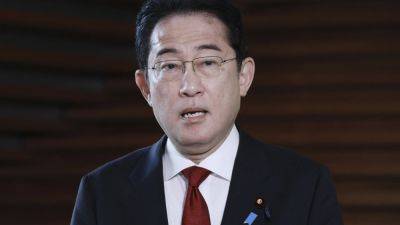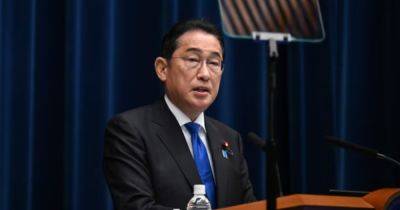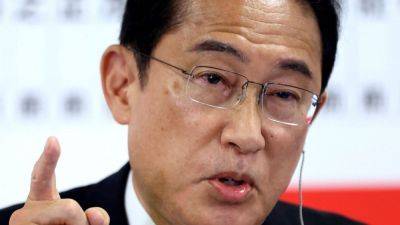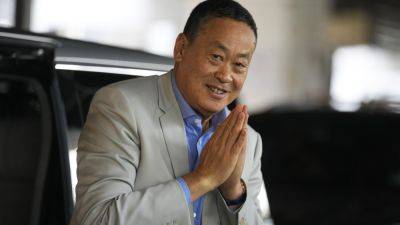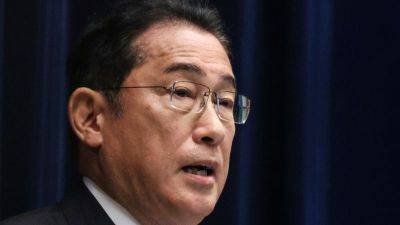Explainer: Japan’s prime minister prepares to step down. Why, and what’s next?
TOKYO (AP) — Japan’s embattled Prime Minister Fumio Kishida surprised the country Wednesday by announcing that he’ll step down when his party picks a new leader next month.
His decision clears the way for his governing Liberal Democratic Party to choose a new standard-bearer in its leadership election next month. The winner of that election will replace Kishida as both party chief and prime minister.
A new leader could help the party shake off scandals that have dogged Kishida’s government, and some see a chance for the country to select its first female prime minister.
Here’s a look at how the new leader will be chosen, and what it could mean.
What happens next?
Kishida announced plans not to run just days before the LDP is expected to set a date for its triennial leadership vote, which must take place in September.
Kishida will remain party president and prime minister until his successor is elected.
With the LDP in control of both houses of parliament, the next party leader is guaranteed to become prime minister.
Some political watchers say the next general could come soon after LDP has a fresh leader, but the government can choose to hold it any time before the current term of the lower house ends in October 2025.
Why is Kishida stepping down?
A series of local election losses earlier this year sparked calls within his party to have a new face to turn around support before the next national election, which a prime minister can call any time before October 2025.
Kishida said a series of scandals have “breached” the public’s trust, and that the party needs to demonstrate its committment to change.
He said “the most obvious first step is for me to bow out.”
The most damaging scandal centered on failure to report political


